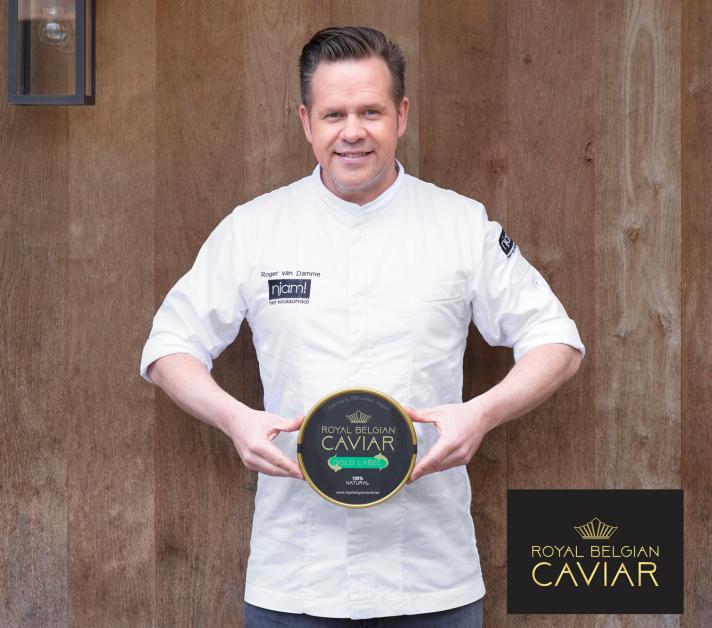A journey from hatchery to delicacy - It takes at least 6 years before the caviar can be harvested.
Thanks to dedicated efforts since 2002, Belgian caviar emerged as a luxury item when Royal Belgian Caviar transformed an old chicken barn into a real sturgeon hatchery. After six months of nurturing in the hatchery, the young sturgeons are moved to the main farm near Moeskroen. There, they mature in a recirculated aquaculture system (RAS) where, depending on the species, they take six to twenty years to become ready for the caviar production.
The final breeding phase is the purification. During this stage, sturgeons are placed in tanks with optimal water quality to ensure they are purged effectively. This step is crucial for achieving top caviar quality. In the RAS, several sturgeon species, such as the Siberian (Acipenser baerii), Russian (Acipenser gueldenstaedti), sterlet (Acipenser ruthenus), and beluga (Huso Huso) are farmed.
The sturgeon feed’s composition is very important as it has a direct influence on the caviar quality. As Aqua Bio, the producer of the caviar, also produces the sturgeon feed, they can supply the highest quality feed, resulting in consistently high caviar quality. All these efforts have amounted to a production of more than ten metric tons of caviar per year.
More sustainable with the help of the EU
To enhance sustainability, a new Advanced Oxidation Process (AOP) technology has been developed with European Maritime, Fisheries and Agriculture Fund (EMFAF) support. This innovative technology reduces water usage during purification by partially removing off-flavour molecules with minimal water change. It not only reduces water consumption but also shortens purification time, improving the taste of both caviar and surgeon meat.
During summer, rising temperature increase sturgeon’s vulnerability to water quality changes, potentially causing higher mortality rates. With the support of EMFAF, research has examined how temperature, oxygen, nitrite, and nitrate levels affect sturgeons. This has contributed to mitigate risks during warmer periods.
Commitment to sustainable farming
Cédric Paquet, commercial manager for the Royal Belgian Caviar, emphasises the importance of farm-raised sturgeon: “The sturgeon is a protected species and can no longer be caught in the wild,” he says. “That is why only farmed sturgeon caviar should be on the market. Even in countries as Russia and Iran, former mass producers of wild caught sturgeon for the caviar production, only caviar derived from farmed sturgeon can be produced.”

